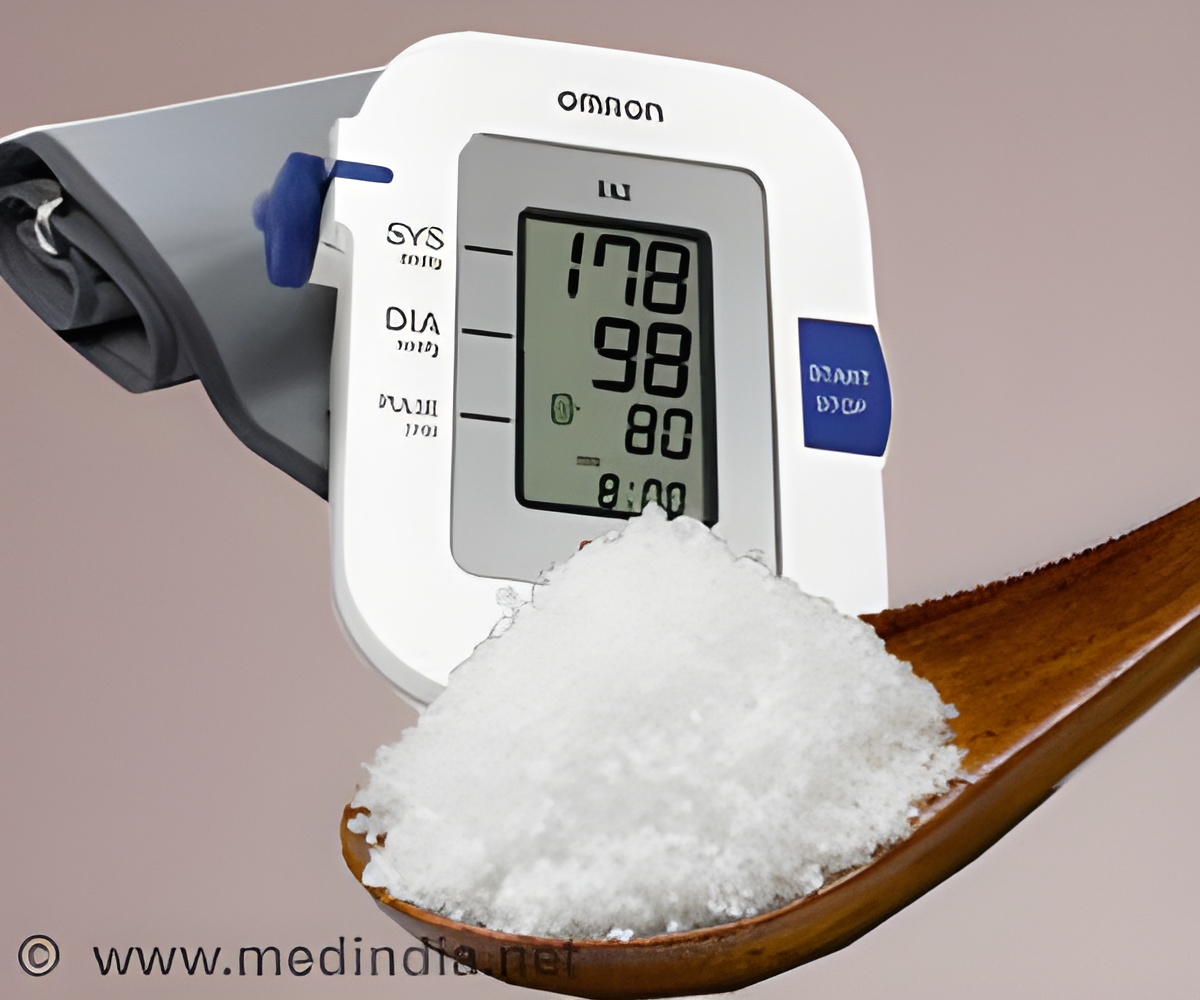Clinical pharmacologist Jens Titze has opined that the time has come to expand the models for blood pressure regulation.

They discovered that the body stores sodium in the skin and that immune system cells and lymph capillaries (vessels of the lymphatic system) regulate sodium balance and blood pressure. But their work has been controversial. "I've had the impression that not many scientists or clinicians really believed it – or that it was neglected because this area of research was so different from conventional wisdom," Titze said. Now, in findings published June 3 in the Journal of Clinical Investigation, the investigators use genetic and molecular approaches in mice to demonstrate that salt metabolism in the skin is important for systemic blood pressure control. In mice fed a high-salt diet, large amounts of salt accumulate in the skin. Immune system cells (mononuclear phagocyte system, MPS) sense the sodium accumulation and activate a protein called TONEBP.
This protein increases expression of the growth factor VEGFC in immune cells, which builds cutaneous lymph vessel capacity and enhances sodium and chloride clearance. The current study shows that elimination of the TONEBP gene in MPS cells prevented the VEGFC response to a high-salt diet and increased blood pressure. Likewise, blocking signaling through the lymph vessel VEGFC receptor inhibited the changes in lymph vessel density and resulted in salt-sensitive hypertension. The findings support the idea that the immune and lymphatic systems in the skin work together to regulate electrolyte (sodium, chloride) composition and blood pressure. Defects in this regulatory system may be associated with salt-sensitive hypertension, Titze said. To study the clinical relevance of sodium storage in humans, the investigators implemented special magnetic resonance imaging (MRI) technologies to detect sodium.
They reported earlier this year that sodium is stored in muscle and skin in human beings, and that sodium storage increases with age and is associated with hypertension. Next, they will explore what the sodium storage means – for example, does it impact a person's risk for cardiovascular disease. They plan to follow 2000 individuals for five years, measuring tissue sodium twice per year and assessing whether individuals with elevated tissue sodium are more likely to have heart attacks, strokes or other artery disease.
"If sodium storage is a disease, then we will need to focus on preventing sodium storage in tissues, on facilitating sodium removal from tissues, or on both," Titze said. The researchers will also study whether lifestyle changes or medical treatments influence sodium storage and blood pressure. And they will continue to explore the immune/lymphatic regulatory system in the skin – and in other organ systems. Titze said that their findings suggest that immune system cells function as physiological regulators of metabolism. "Perhaps there is an additional category of immune function – homeostatic immune function – which ensures normal electrolyte or metabolite levels and is as important as immune cell-driven defense against pathogens," he said.
Advertisement















